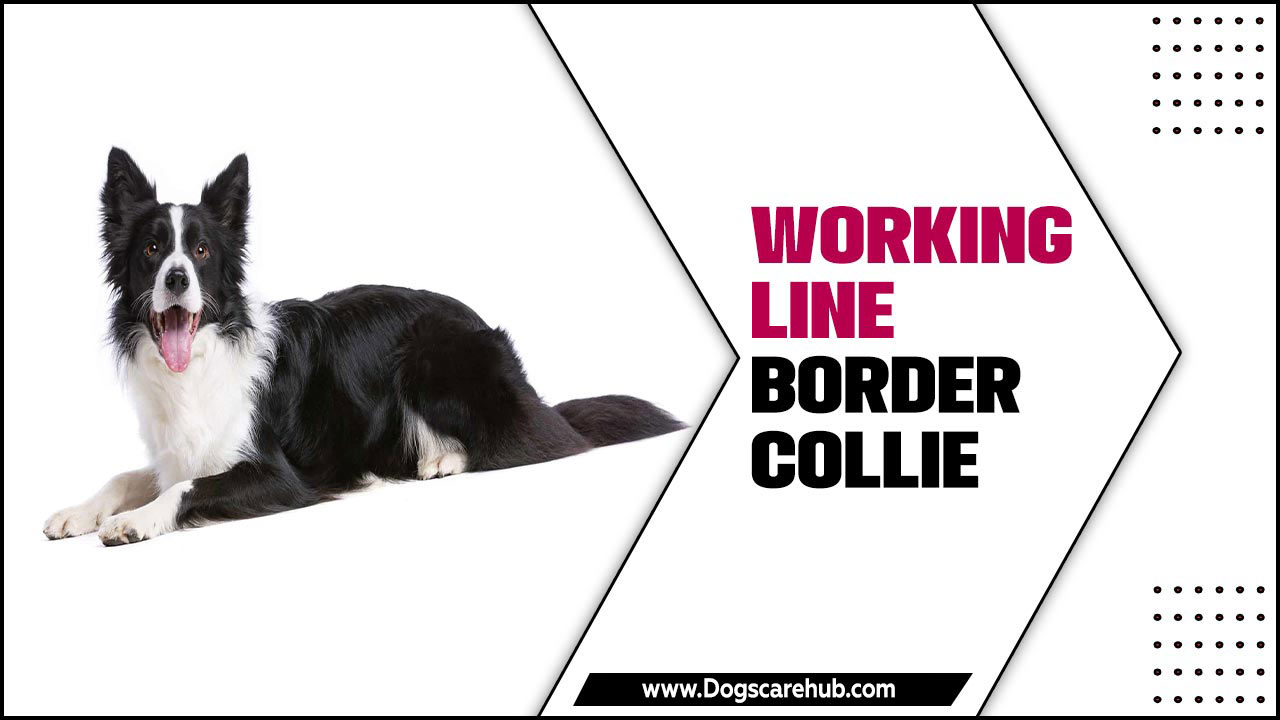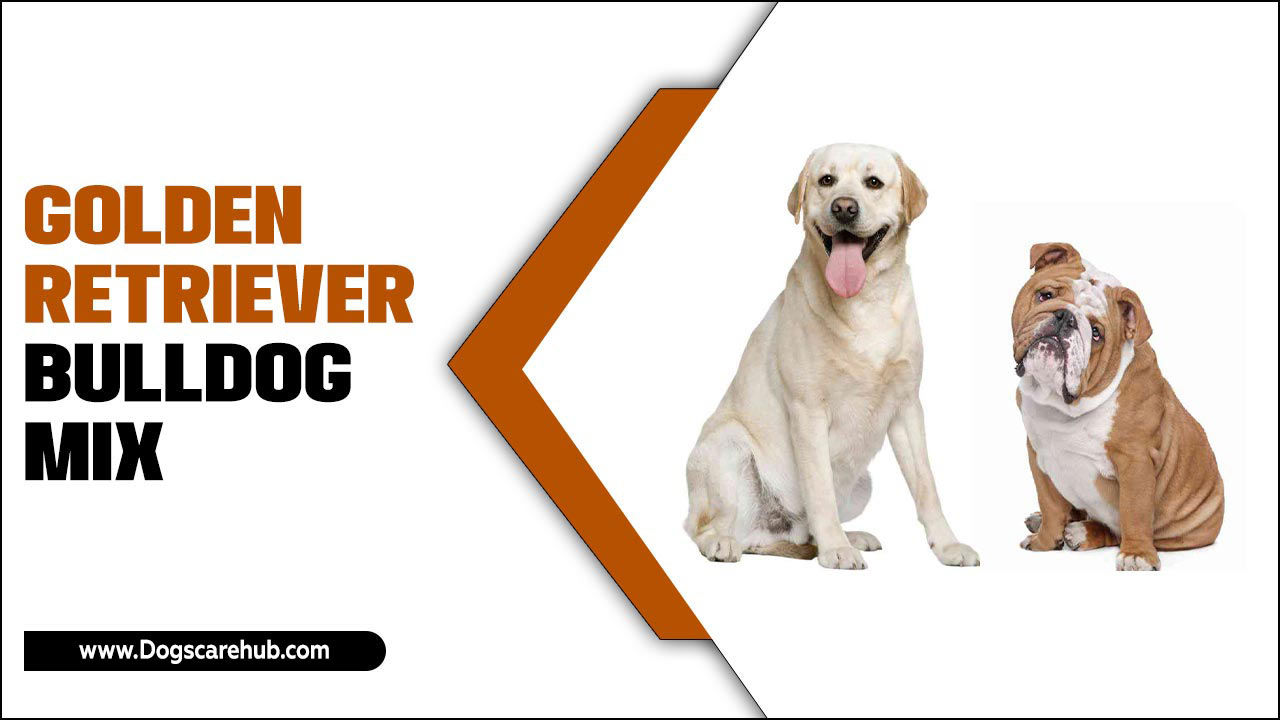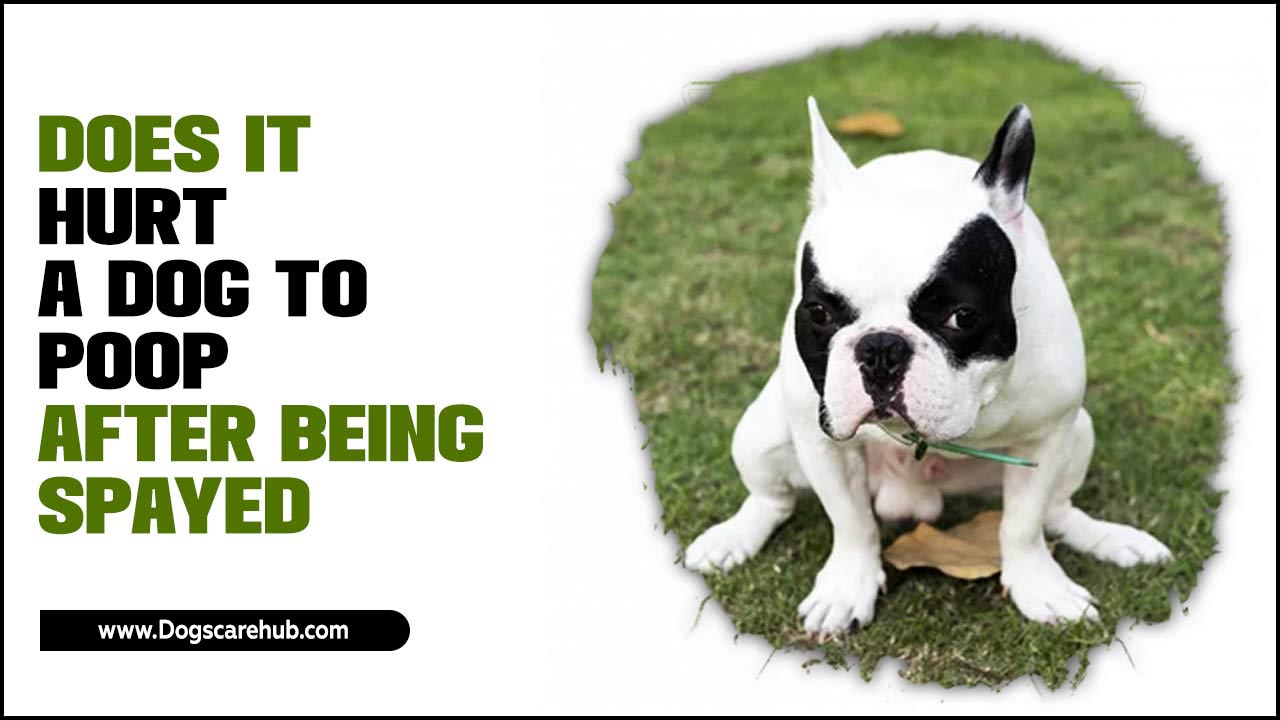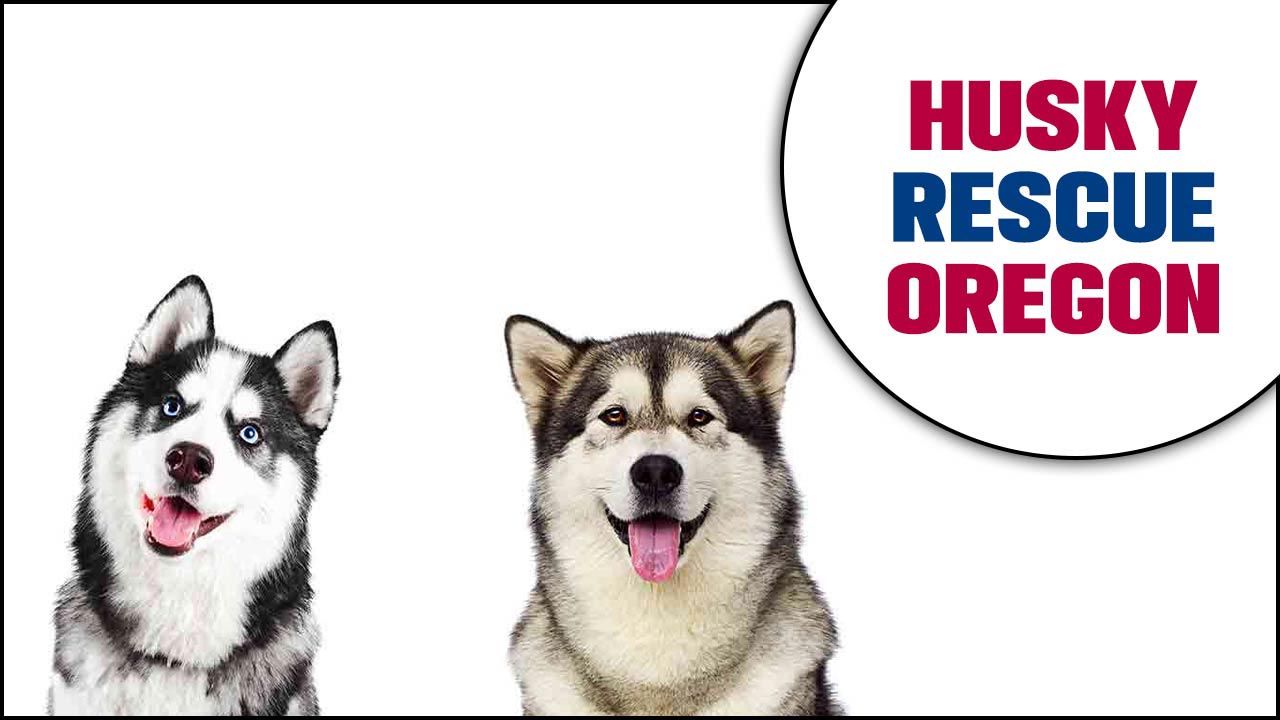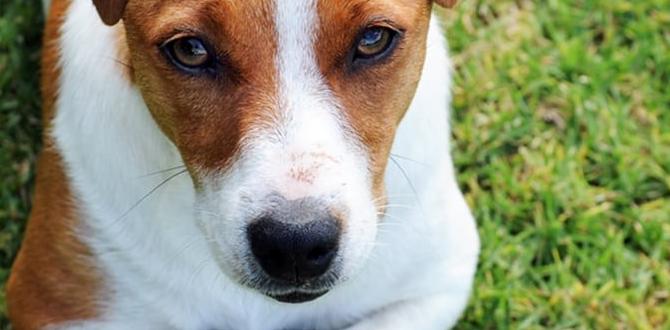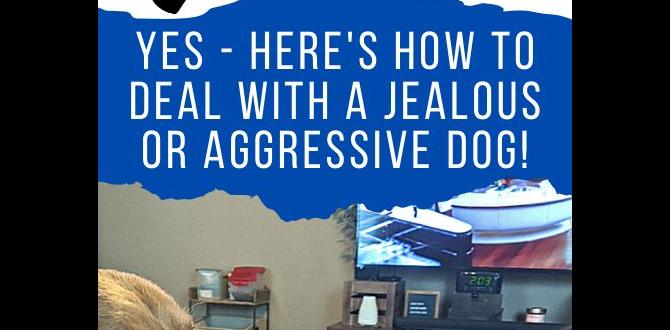As pet owners, we ensure that our furry friends are always in the best health. One of the most common health issues dogs face is the risk of developing gastric torsion or bloat, which can be fatal if not treated immediately.
Gastropexy is a surgical procedure that aims to prevent this condition by anchoring the stomach to the abdominal wall. While gastropexy is a popular option for many dog owners, weighing the pros and cons before deciding on the procedure is important. We will provide a comprehensive analysis of Gastropexy dog pros and cons. We will delve into the benefits of the procedure.
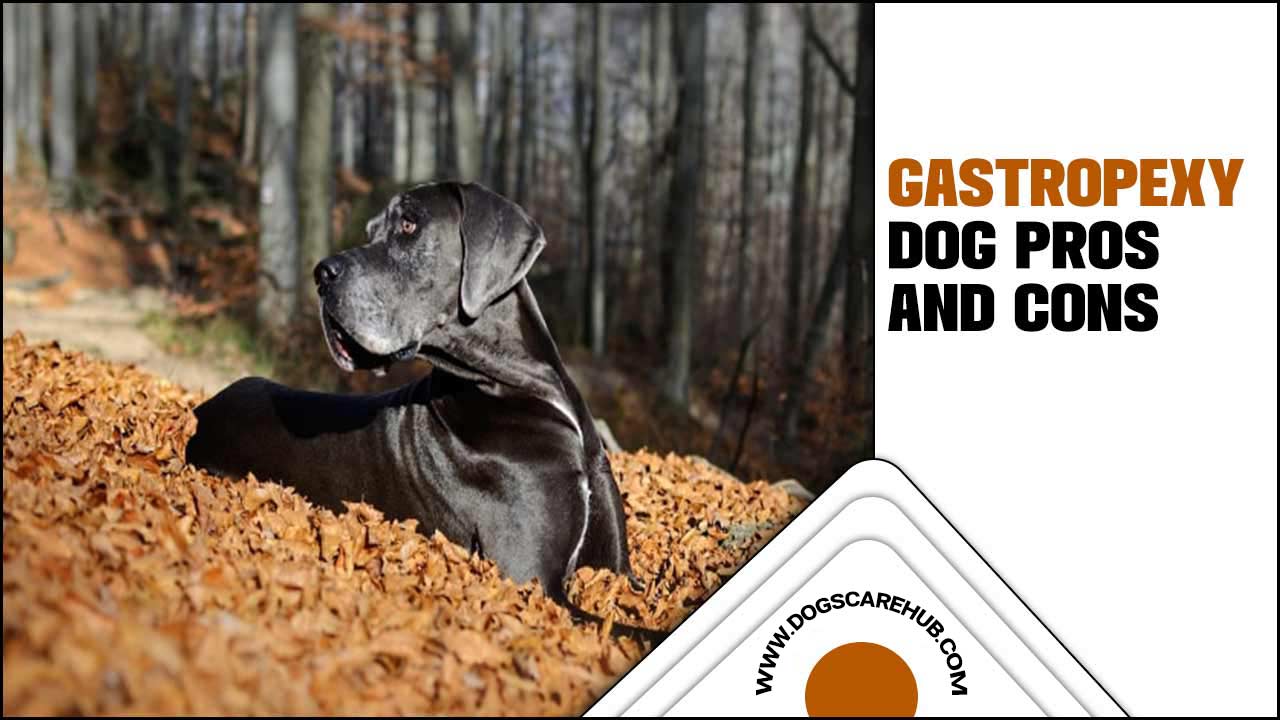
Gastropexy Dog Pros And Cons: A Comprehensive Guide To Gastropexy

As a responsible dog owner, it is essential to be aware of the pros and cons of Gastropexy for your furry friend. Gastropexy is a surgical procedure that involves attaching the stomach to the abdominal wall, which can help prevent life-threatening conditions such as bloat.
One of the significant advantages of Gastropexy is that it can potentially save your dog’s life. Bloat is a severe condition that can occur in dogs of all breeds and can be fatal if left untreated. By undergoing Gastropexy, your furry friend can have a better chance of surviving bloat if it ever occurs.
On the other hand, it is also essential to know the potential downsides of Gastropexy. Firstly, the surgery is invasive, which means there is always a risk of complications such as infection or adverse reactions to anesthesia.
Understanding The Condition Of Gastric Dilatation Volvulus (GDV)
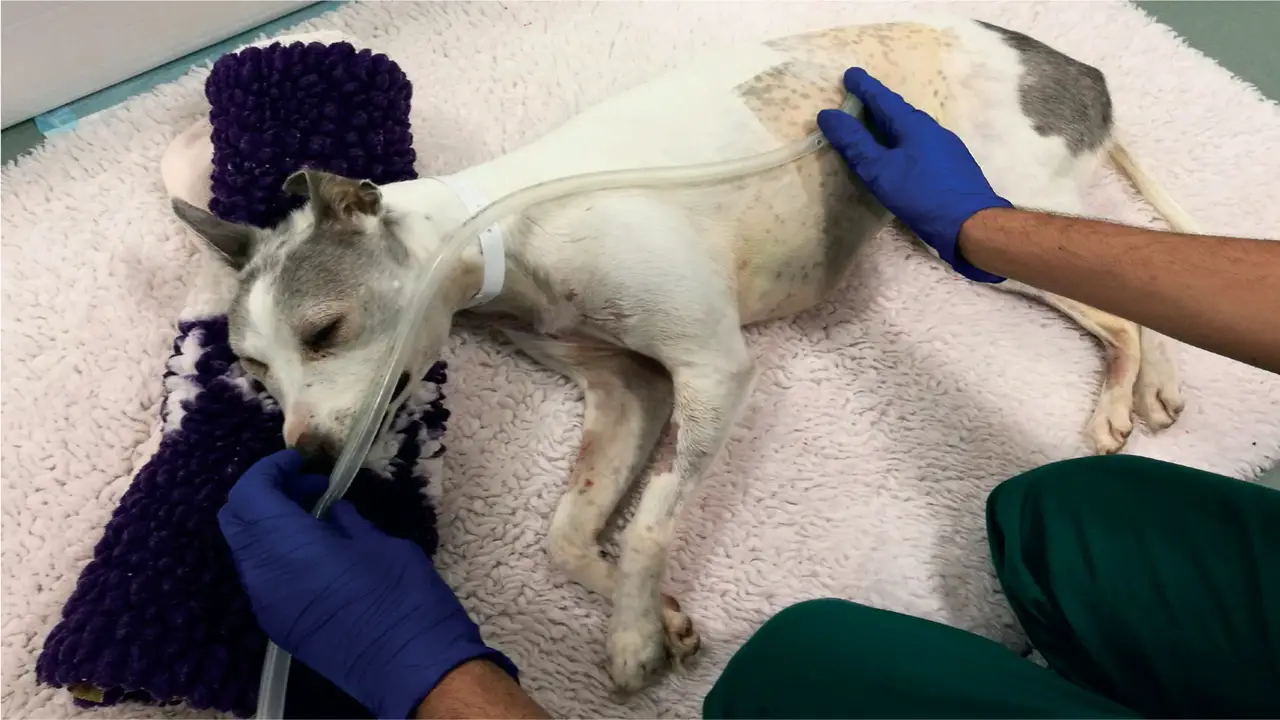
Gastric Dilatation Volvulus (GDV), commonly known as bloat, is a serious and potentially life-threatening condition affecting some dog breeds. It occurs when the stomach fills up with gas, food, or fluid and twists, causing a blockage in the digestive system. If left untreated, this can lead to reduced blood flow to vital organs, shock, and even death.
Understanding the signs and symptoms of GDV is crucial to detect the condition early and seek veterinary care. One potential treatment for GDV is gastropexy, a surgical procedure that involves attaching the stomach to the abdominal wall to prevent it from twisting in the future. While considering the potential pros and cons, one should note that gastropexy effectively prevents future episodes of GDV.
What Is Gastropexy And How Does It Work?

Veterinarians commonly perform gastropexy, a surgical procedure on dogs, as a preventative measure to reduce the risk of Gastric Dilatation and Volvulus (GDV), also known as bloat. This condition is life-threatening and occurs when the stomach fills up with gas and twists.
Gastropexy aims to attach the stomach to the abdominal wall to prevent it from twisting, which can lead to various complications such as organ damage and even death. The procedure involves making an incision in the dog’s abdomen and sewing the stomach to the inner lining of the abdominal wall. This helps keep the stomach in place and reduces the risk of twisting. While Gastropexy effectively reduces the risk of GDV in dogs, it has its drawbacks.
1.Understanding Gastric Torsion And Bloat
Understanding gastric torsion and bloat is crucial for any dog owner, as these conditions can be life-threatening. Gastric torsion occurs when a dog’s stomach twists, trapping gas and causing pressure to build up. This can cut off the blood supply to the stomach and other organs, leading to tissue death and shock.
On the other hand, bloat is the accumulation of gas in the stomach, which can also cause pressure and lead to dangerous complications. Both conditions are more common in large and deep-chested breeds, such as Great Danes and German Shepherds.
One way to prevent gastric torsion and bloat is through gastropexy, a surgical procedure that involves attaching the stomach to the abdominal wall. This can prevent the stomach from twisting or bloating, reducing the risk of complications.
2.Types Of Gastropexy Procedures
Surgeons perform several types of gastropexy procedures on dogs to prevent a life-threatening condition known as gastric torsion. The “belt-loop” technique is the most traditional type of gastropexy, where they suture the dog’s stomach to the abdominal wall.
Each technique has its own advantages and disadvantages. While this technique effectively prevents gastric torsion, it can be invasive and require a longer recovery. Another form of gastropexy is laparoscopic gastropexy, which involves the insertion of a small camera through a small incision in the dog’s abdomen.
This technique is less invasive than the traditional method, and the recovery time is typically shorter. However, laparoscopic gastropexy is not always suitable for all dogs, and the procedure cost may be higher.
3.Preparing For Gastropexy Surgery
Gastropexy surgery is a preventative measure dog owners take to prevent their canines from experiencing bloat. In this life-threatening condition, the stomach twists on itself and cuts off the blood supply to vital organs. If you’re considering gastropexy surgery for your dog, preparing yourself and your pet is essential.
Before the procedure, you must ensure your dog has fasted for 12 hours to prevent vomiting and aspiration during surgery. You’ll also need to ensure that your dog is up to date on all vaccinations and blood work is done to ensure their health is optimal for anesthesia. Gastropexy surgery has pros and cons, and it’s essential to understand both before deciding. The pros of gastropexy surgery include a reduced risk of bloat, which can be deadly if left untreated.
Pros Of Gastropexy For Dogs
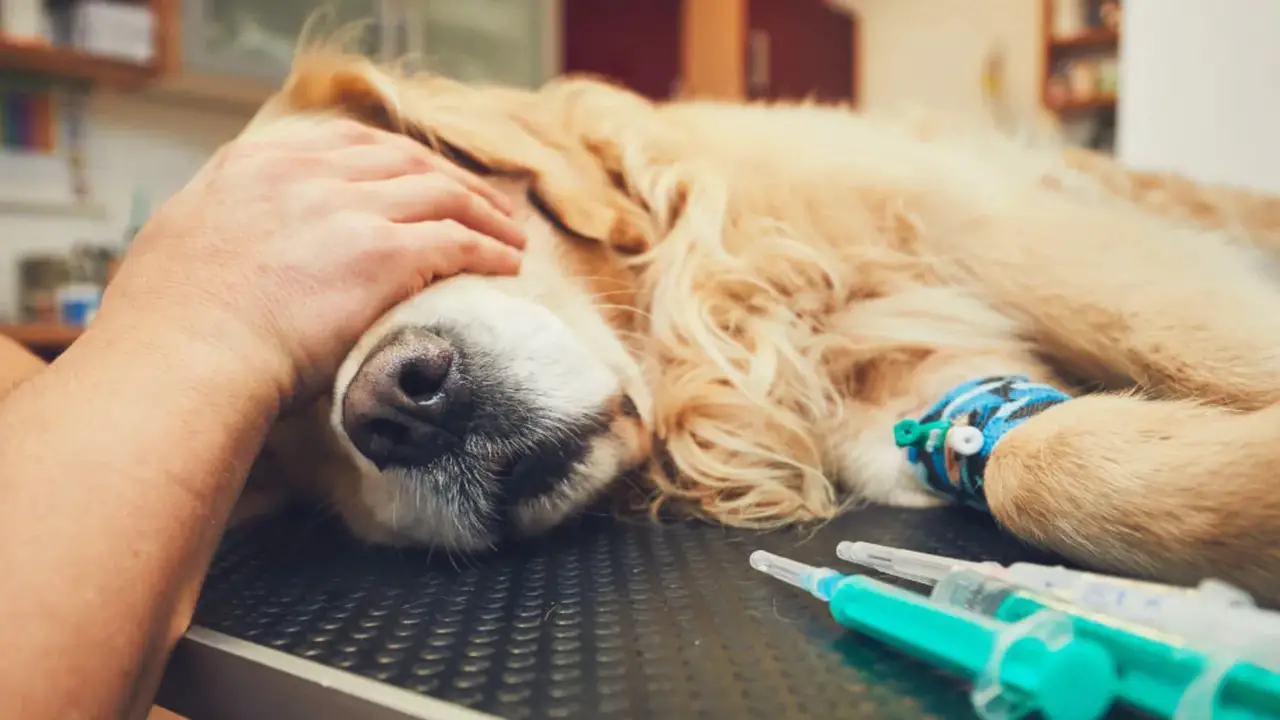
Gastropexy for dogs is a surgical procedure that involves attaching the stomach to the abdominal wall to prevent it from twisting or rotating. Veterinarians often recommend this procedure for dogs prone to developing bloat, a life-threatening condition that occurs when the stomach fills with gas and twists on its axis.
One of the main pros of gastropexy is that it can significantly reduce the risk of bloat and its associated complications. This surgery can also improve dogs’ overall quality of life by providing them with continued comfort and mobility.
Additionally, gastropexy is a relatively safe and straightforward procedure that can be performed with other surgeries, such as spaying or neutering. However, like any surgical procedure, gastropexy does have its drawbacks. One of the cons of gastropexy is that it does not completely eliminate the risk of bloat, although it can greatly reduce it.
Cons Of Gastropexy For Dogs
Gastropexy is a surgical procedure performed on dogs to prevent gastric torsion, commonly known as bloat. While it is an effective way to prevent this life-threatening condition, there are cons to consider. One of the main disadvantages of gastropexy is the risk associated with general anesthesia.
This procedure requires general anesthesia, and there is always a risk when administering anesthesia to an animal. Another disadvantage is the cost associated with the surgery. Gastropexy is not a cheap procedure and can be costly for pet owners.
Additionally, some dogs may experience complications, such as infection or inflammation, after the surgery. It is important to carefully consider the pros and cons of gastropexy before deciding whether or not to have the procedure performed on your dog. While it can be a life-saving procedure, it has risks and drawbacks.
Risks And Complications Of Gastropexy Surgery
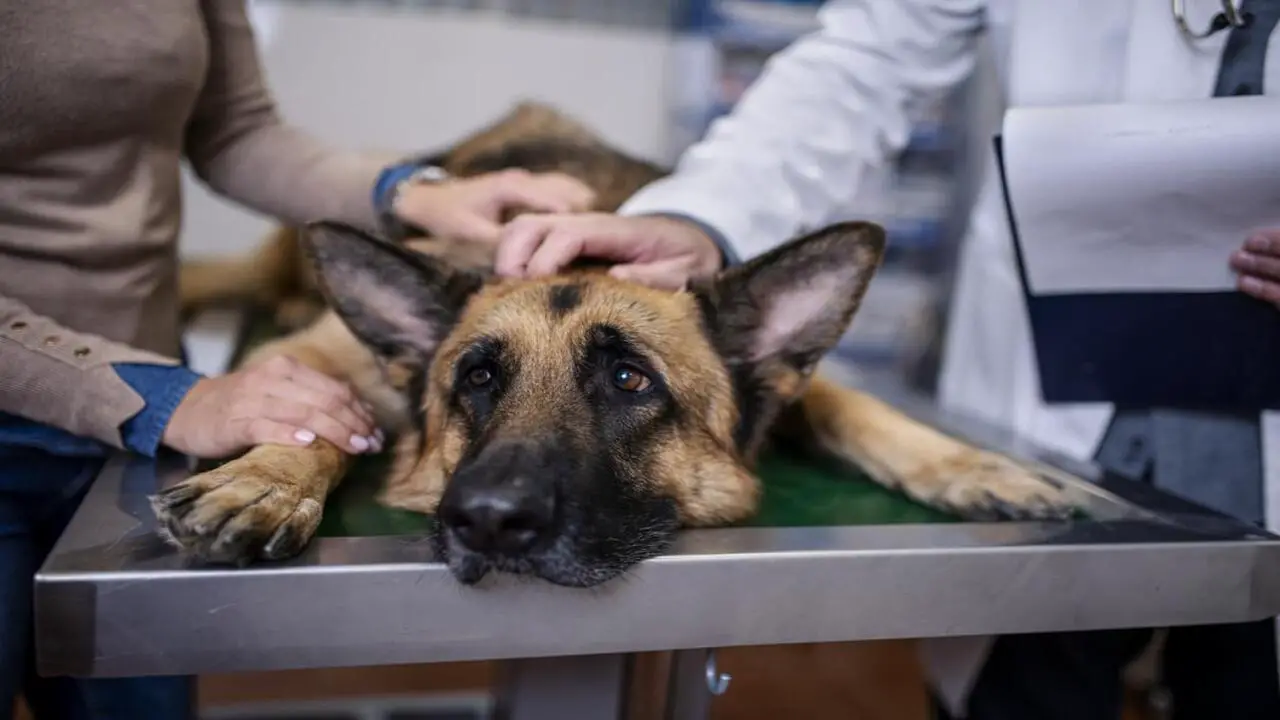
Gastropexy surgery is a procedure that is often recommended for dogs who are at risk of developing gastric torsion, also known as bloat. While this surgery can greatly reduce the risk of bloat, it is important for dog owners to understand the potential risks and complications associated with the procedure.
One of the main risks of gastropexy surgery is infection at the surgical site, which can lead to serious complications if left untreated. In addition, some dogs may experience complications such as bleeding, swelling, or damage to surrounding organs during the surgery.
Despite these risks, many veterinarians recommend gastropexy surgery for dogs at high risk of developing bloat. The procedure can help prevent the life-threatening condition from occurring, which can benefit both dogs and their owners.
Post-Operative Care And Recovery For Dogs
Post-operative care and recovery for dogs is a crucial aspect of any surgical procedure. One such procedure dog owners may consider for their pets is gastropexy. Gastropexy is a surgical procedure that involves attaching the stomach to the abdominal wall to prevent it from twisting.
While this procedure has pros and cons, it is essential to consider post-operative care and recovery for dogs. One of the pros of gastropexy is that it can prevent gastric dilation volvulus (GDV), a condition commonly known as bloat, which can be life-threatening for dogs.
However, the cons include that it is a major surgical procedure that requires general anesthesia and has associated risks such as bleeding, infection, and adverse reactions to anesthesia.
Frequently Asked Questions About Gastropexy
Gastropexy is a surgical procedure that involves attaching the stomach to the abdominal wall to prevent it from twisting. This procedure is often recommended for dogs that are at risk of developing bloat or gastric torsion, a condition that can be life-threatening.
If you are considering gastropexy for your dog, you may have questions about the procedure and its pros and cons. One frequently asked question about gastropexy is whether it is necessary for all dogs.
While gastropexy is not required for all dogs, it is often recommended for large or deep-chested breeds at a higher risk of developing bloat. Other common questions about gastropexy include the cost of the procedure, the recovery time, and the potential risks and complications.
Conclusion:
We’ve weighed the pros and cons of gastropexy for dogs, and it’s clear that there are benefits and risks to consider. While it may be a good preventative measure for certain breeds, it’s not without potential complications. It’s important to have a frank discussion with your veterinarian and assess your dog’s risk factors before deciding.
Ultimately, deciding what’s best for your furry friend is up to you. So go ahead, do your research, and make an informed choice. After all, your pup’s health and happiness are worth it! If you read the above outline properly, we hope you now understand Gastropexy dog pros and cons.
FAQ:
1.What Are Some Potential Benefits Of Gastropexy Surgery For Dogs?
Ans: Some potential benefits of gastropexy surgery for dogs include reducing the risk of gastric torsion (also known as bloat). This life-threatening condition can occur in certain breeds of dogs. The surgery can also prevent the need for emergency surgery in the future, reduce the chances of recurrence and improve the quality of life for dogs.
2.Are There Any Potential Risks Or Complications Associated With Gastropexy Surgery?
Ans: Yes, there are potential risks and complications associated with gastropexy surgery, which include, but are not limited to:
- Infection
- Bleeding
- Anesthesia complications
- Damage to nearby organs
- Reoccurrence of torsion
3.How Effective Is Gastropexy Surgery In Preventing Gastric Torsion (Bloat) In Dogs?
Ans: Gastropexy surgery is highly effective in preventing gastric torsion (bloat) in dogs. Studies have shown that dogs who have undergone gastropexy have a significantly lower risk of developing bloat than dogs who have not had the surgery. In fact, gastropexy is often recommended for high-risk breeds or dogs with a family history of bloat.
4.What Factors Should Be Considered When Deciding Whether Or Not To Have Gastropexy Surgery Performed On A Dog?
Ans: Several factors should be considered when deciding whether or not to have gastropexy surgery performed on a dog. These include:
- Breed
- Age
- Lifestyle
- Previous history
5.Are There Any Alternative Methods For Preventing Gastric Torsion In Dogs That May Be Preferable To Gastropexy Surgery?
Ans: Some alternative methods for preventing gastric torsion in dogs may be considered before resorting to gastropexy surgery. These include feeding smaller, more frequent meals; avoiding exercise or vigorous activity immediately before or after meals; providing elevated feeding and drinking stations
Meet Elyse Colburn, the devoted canine companion and storyteller behind the enchanting world of “Tales, Tails, and Adventures Unleashed.” A passionate dog enthusiast with a heart full of paw prints, Elyse Colburn shares heartwarming tales and insightful adventures, celebrating the joy, loyalty, and endless antics that make every dog a true hero. Join Elyse Colburn on this tail-wagging journey, where every post is a love letter to our four-legged friends.

